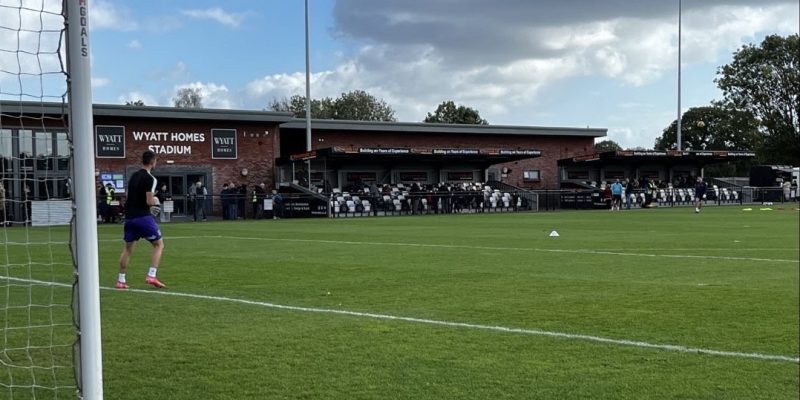New figures from Active Dorset reveal that only 53.3%, which is approximately 47,600 children aged 5-16 in the county, meet or exceed the governments guidelines of an hour of physical activity per day.
41,700 children short of the guideline and provides ongoing challenges for local clubs, schools and councils trying to encourage active lifestyles.
However, the young people of Dorset are slightly above the national average which is around 47.8%.
Despite being above the average, Dorset’s report shows clear inequalities: children from lower-income households are significantly less likely to reach daily activity targets.
Active Dorset notes that these gaps could eventually have long term effects on physical health, social inclusion and mental wellbeing.
Further studies from Active Dorset, shows Black, and Asian children and young people from the least affluent families are still less likely to play sport or be physically active than the average.
As well as this, data shows girls are less likely to be active than boys within the county of Dorset.
It is also stated that the Covid pandemic has played a part in reducing the amount of physical activity achieved from young people.
Children now in Years 3-8 who were aged 4-9 when the pandemic began, show reduced physical activity, happiness and resilience, raising concern on the long-term well-being of these age groups.
However, NHS Dorset states in its Joint Strategic Needs Assessment for 2025 that to battle rising obesity it aims to prevent 55,000 children from reaching an above-expected weight by 2040.
Active Dorset promotes the importance of ‘active’ schools to ensure children get at least 30 minutes of daily and physical activity toward the 60-minute national goal to help aid NHS Dorset in its prevention.



 Grief education to become part of Dorset’s secondary school curriculum in the next year
Grief education to become part of Dorset’s secondary school curriculum in the next year